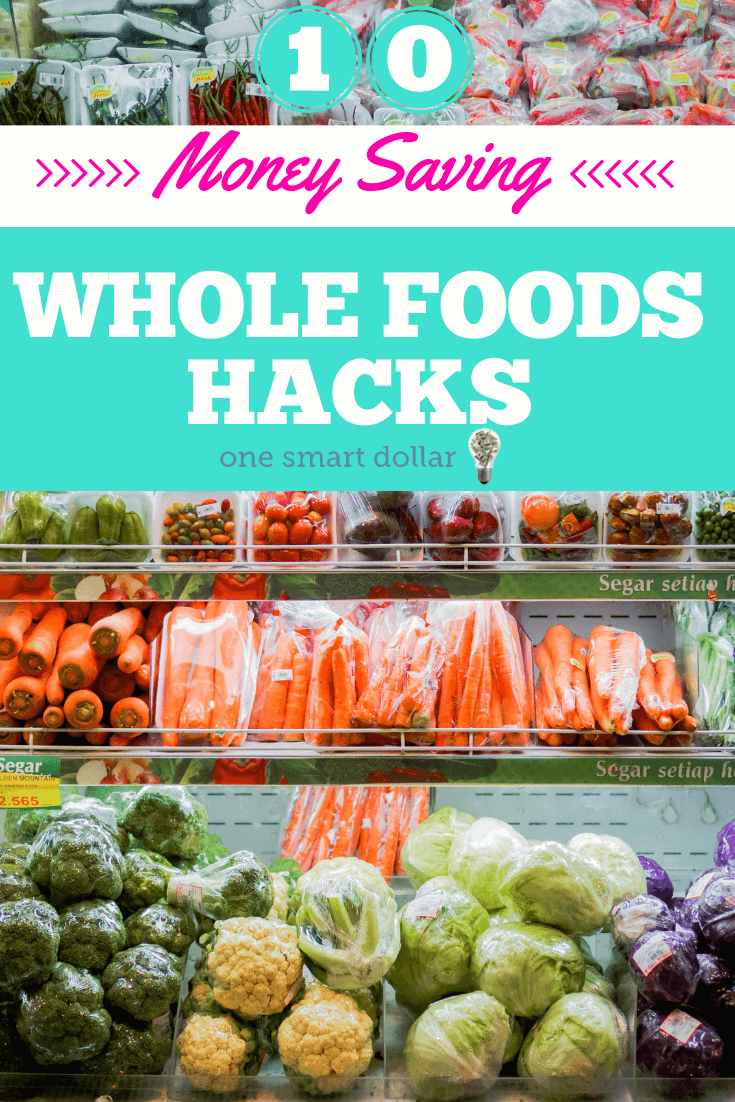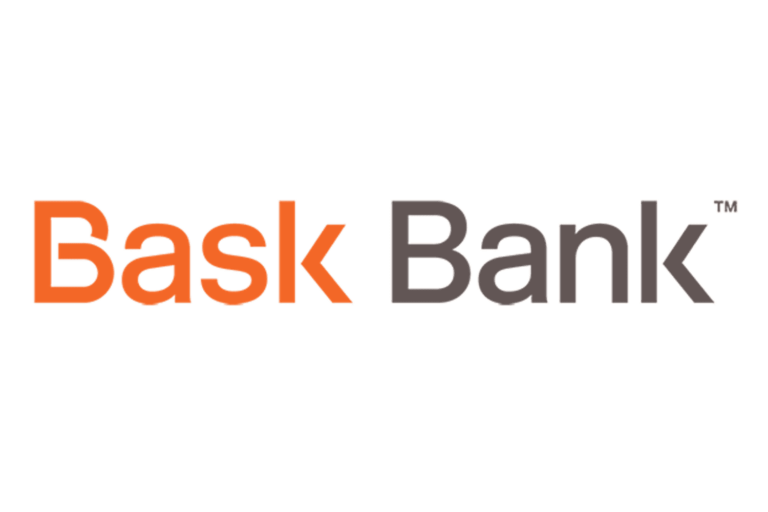
Whole Foods Hacks That Can Save Serious Cash
The first few times I shopped at Whole Foods, I ended up paying what felt like an arm and a leg for just a couple of bags of groceries. I love having high-quality food, but unless something changed, I knew it wasn’t going to be sustainable for my budget.
So I did my research and even asked a few Whole Foods employees their best tips. Now, I can go into the store and not drop an entire paycheck. And now I’m excited to get to share my best Whole Foods hacks with you!
Use the Whole Foods App
The Whole Foods app is one of the Whole Foods best-kept secrets. You can download it for free for iOS or Android and get instantly connected to recipes and, you guessed it, coupons!
I always check the app before making my meal plan for the week so I can take advantage of any great deals. All you have to do to cash in on the savings is scan your app’s barcode at the register.
Get the Insider Sales Scoop
Unlike most stores, which start their weekly sales on Sundays, Whole Foods starts their weekly sales on Wednesdays. You can find out about their deals by subscribing to their email newsletter or visiting their website.
In addition to their weekly sales, Whole Foods also has weekly One-Day sales on select items on Fridays. I find that Whole Foods is an absolute zoo on Fridays after work so if you want to take advantage of this Whole Foods hack, plan accordingly!
Use a Cashback App
In addition to Whole Foods’ weekly sales and coupons, another Whole Foods hack is to use a cashback app each time you shop. I highly recommend Ibotta, since you can use it at so many different stores. It’s super quick and easy – all you have to do is pick out the items you’ve bought, scan your receipt, and boom, you’ve got cash back!
Buy Simple Pantry Staples Somewhere Else
As great as Whole Foods is, you definitely shouldn’t plan to do all your shopping there. Household essentials, bottled beverages (cough LA CROIX cough), beans, rice, nuts, spices – there are a lot of staples that are simply more expensive when you buy at Whole Foods.
So stick to the items where the quality really matters to you, and you can still get the most bang for your buck. For those items, Whole Foods has an in-store brand, 365 Everyday Value, that’s meant to be the most affordable option. You might have to search for it because the most visible items on the eye-level of the shelves are almost always the most expensive options.
Try Before You Buy
Whole Foods has a very generous sample policy. So if you’re not sure whether you’ll like something – say a cheese or chocolate or meat – ask a Whole Foods employee if you can have a sample. Try before you buy is one of the best strategies to save money at Whole Foods and avoid food waste.
Less Cheese, Please!
There are times when the pre-weighed and wrapped cheeses in the case are just too big. Instead of trying to hunt for the tiniest piece, ask a Whole Foods employee to cut and reweigh a smaller piece for you. They’re more than happy to do so, and buying only what you need will help you save money.
Skip the Fresh Fish
Whole Foods may have higher-quality groceries overall, but unless you live fairly close to a body of water, chances are the “fresh” fish was probably frozen at some point during its journey to the store. Skip the “fresh” fish and buy directly from the frozen section to save yourself money, since the quality will be pretty much the same.
BYO Containers
Whole Foods doesn’t charge for bags, but similarly to Target, they’ll give you a small discount if you bring your own bag. Even small amounts, like 10 cents here and there, will add up quickly, especially if you’re a frequent Whole Foods shopper. Same goes for bulk items. If you bring your own containers from home to use instead of the plastic containers from the store, you can score an extra 10 cents off there too.
Stick to Whole Fruit
There are a couple places in Whole Foods where you might be paying an exorbitant amount for cut fruit. First, skip the pre-cut fruits in the produce section. The cost per pound on pre-cut fruits is sometimes more than double the price of whole fruit. Take a few extra minutes when you get home and cut it yourself to save some serious cash.
Second, say no to the fruit at the Salad Bar. Fruits are often heavier than other items, which means you’ll end up paying extra overall since you pay by weight.
Use Your Amazon Prime Membership
You may have heard the buzz about the new partnership between Amazon and Whole Foods. If you’re a Prime member, this could translate into significant savings! First, Amazon Prime members get 3% cash back on all of their Whole Foods purchases.
Plus, if you have an Amazon Prime Visa, you can get up to 5% cash back! Whole Foods also offers rotating special promotions for Amazon Prime customers. So keep a lookout for any and all special savings the next time you’re there.






